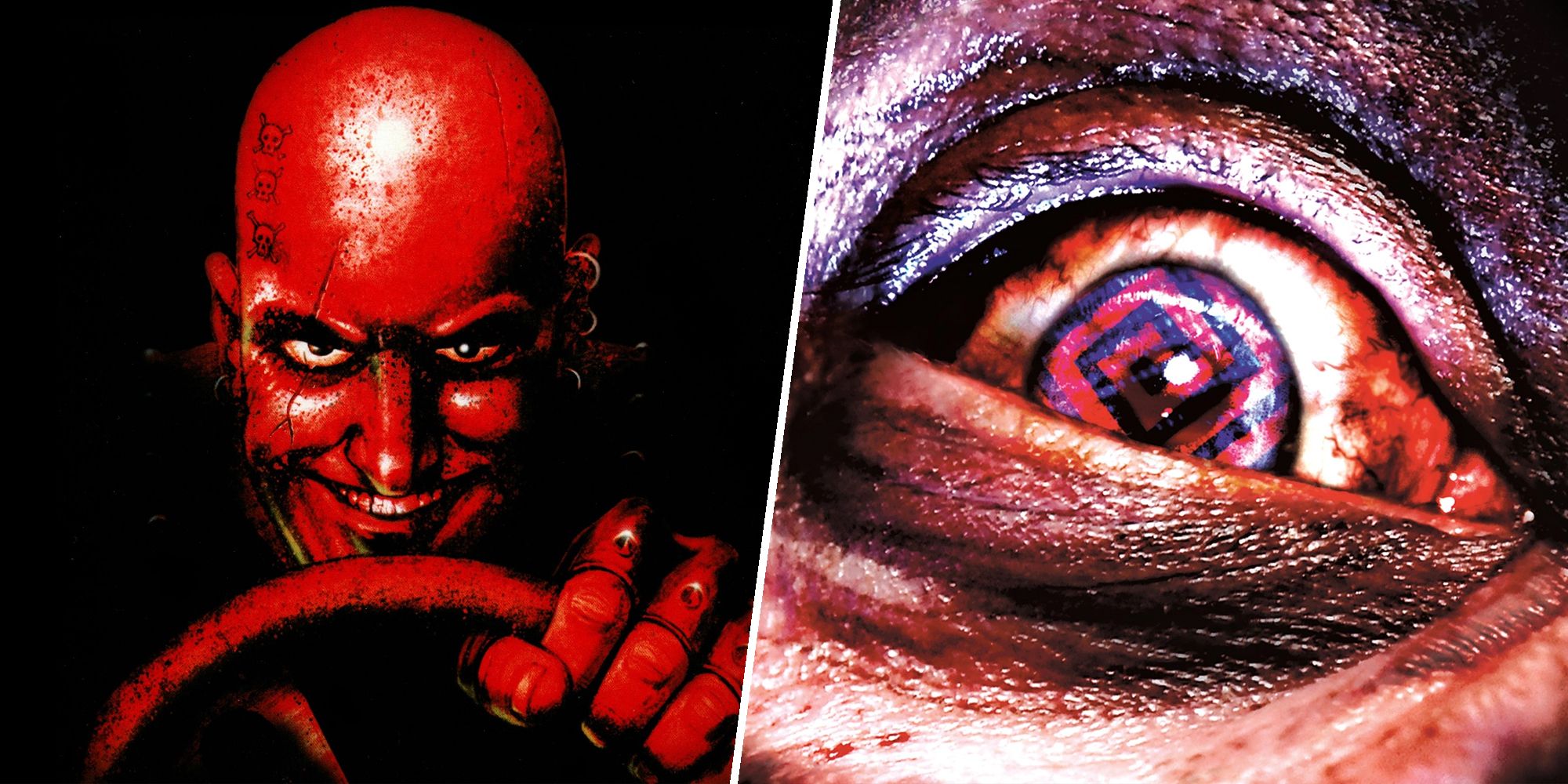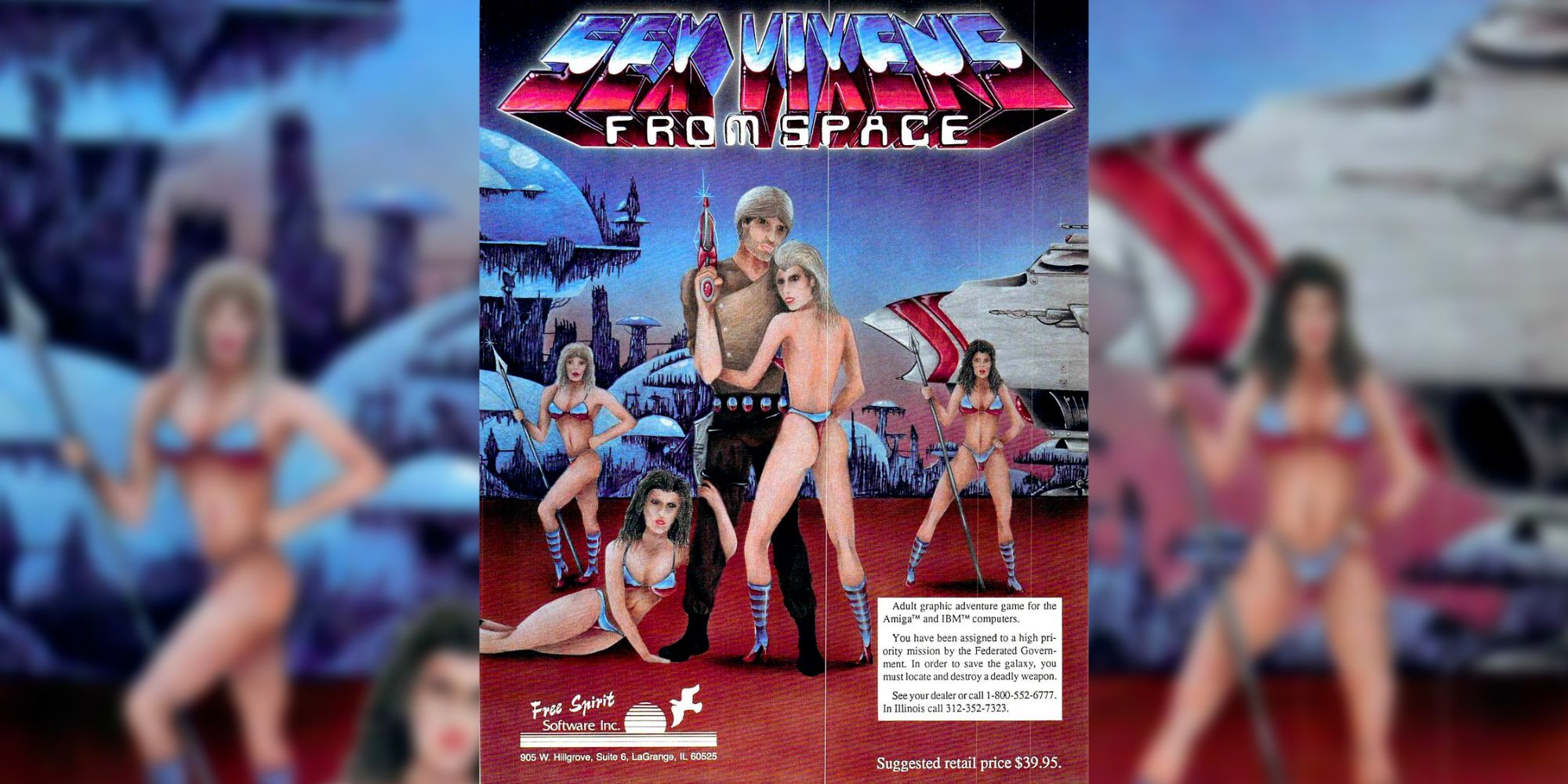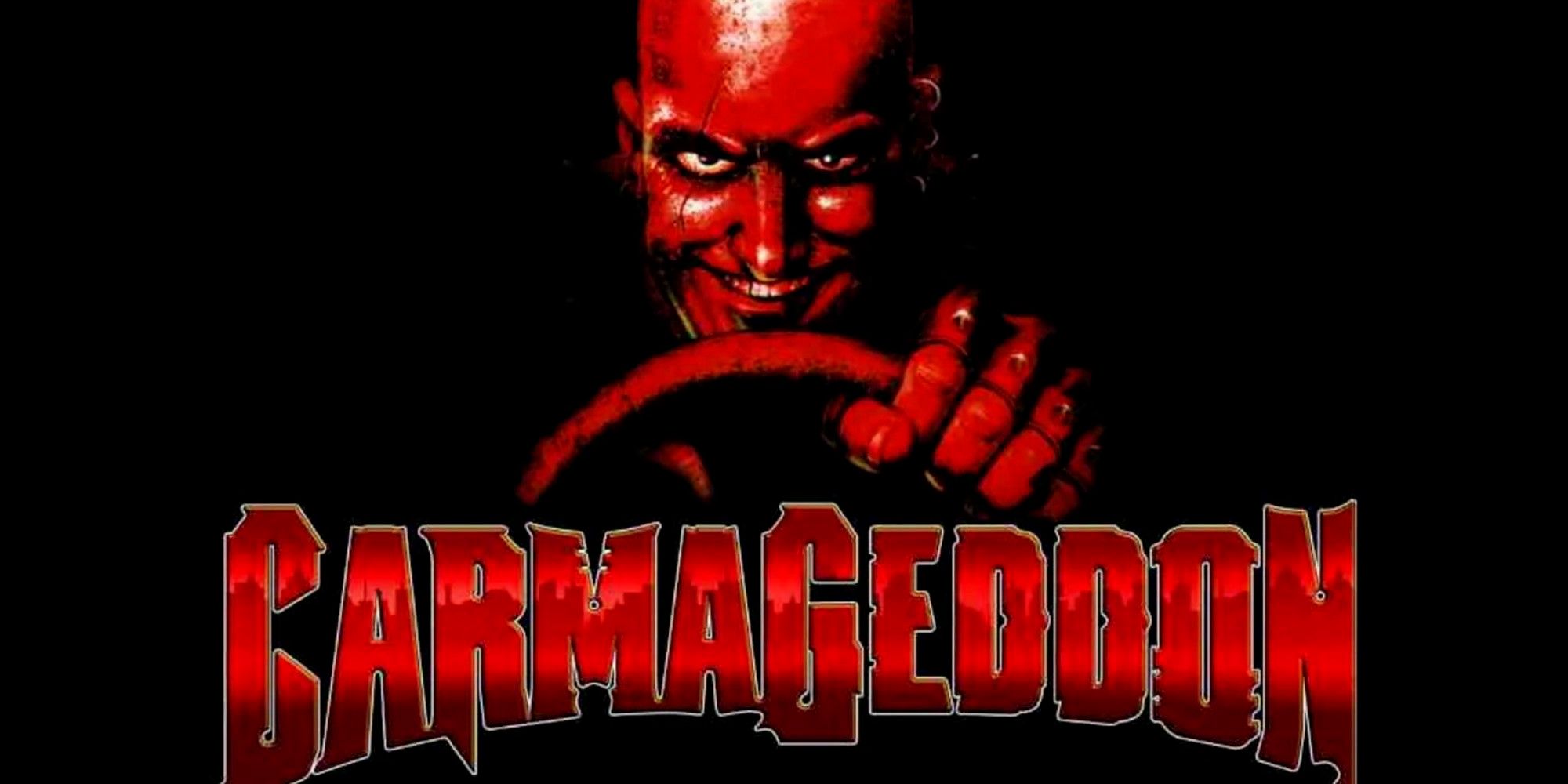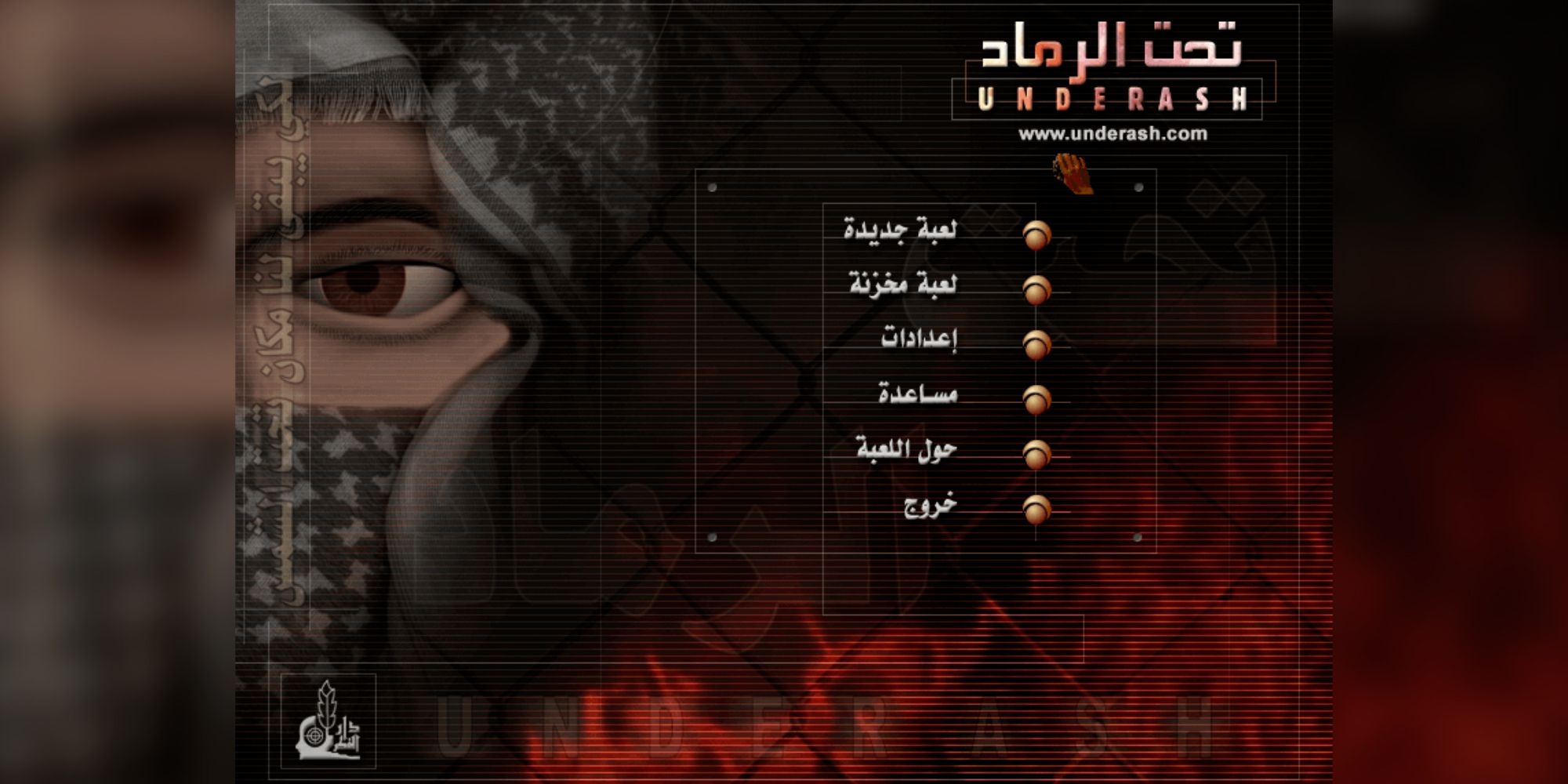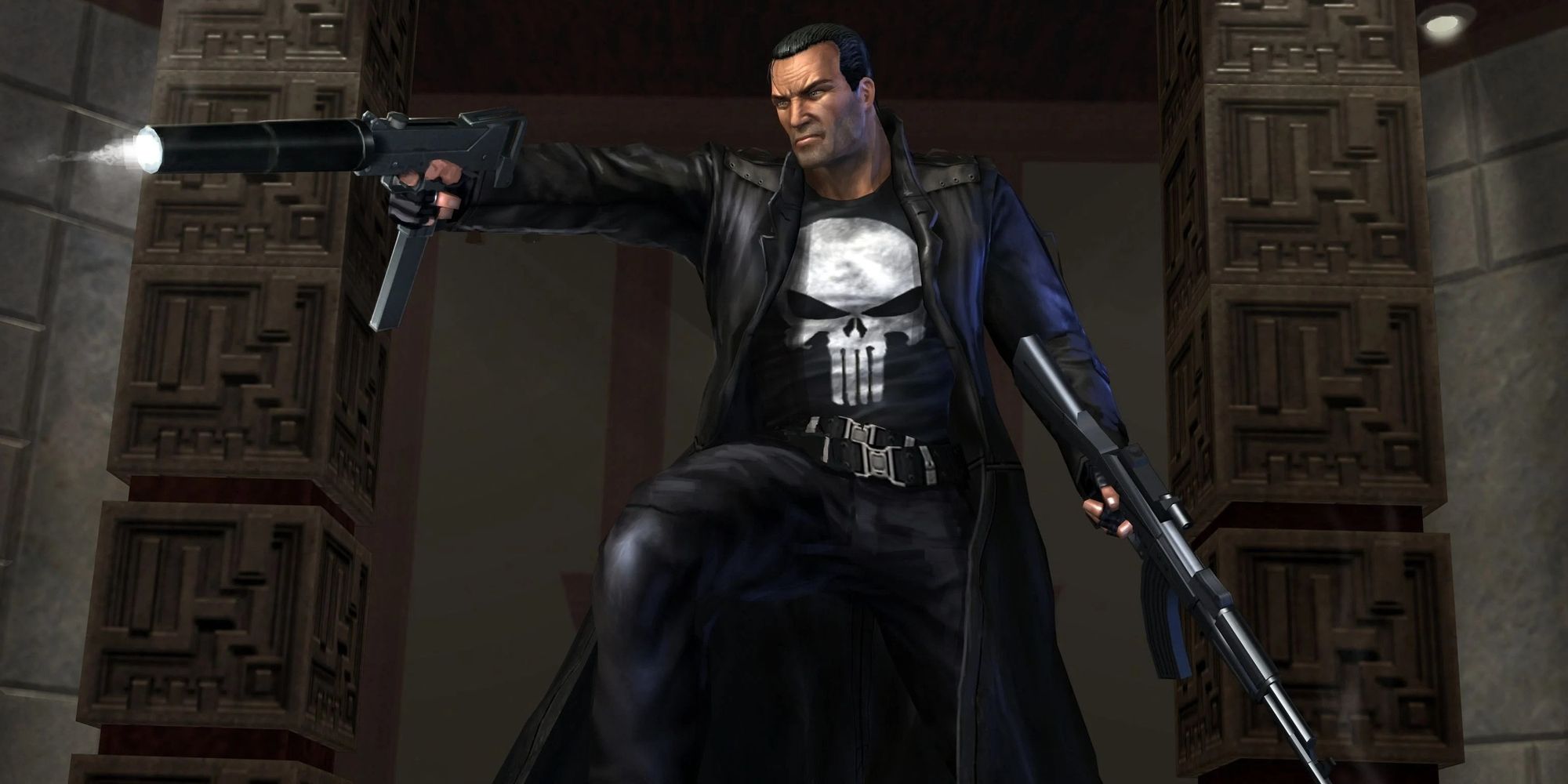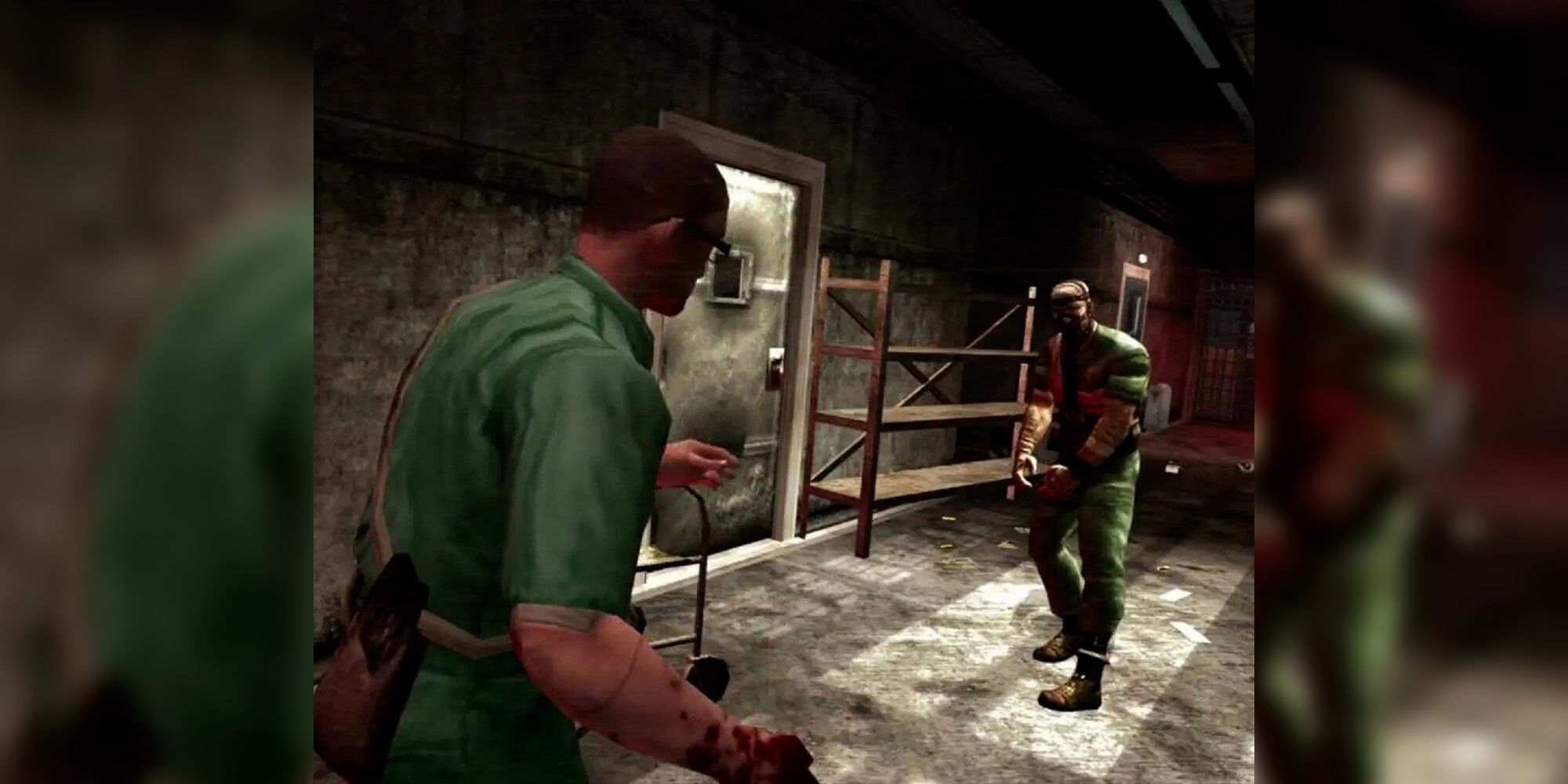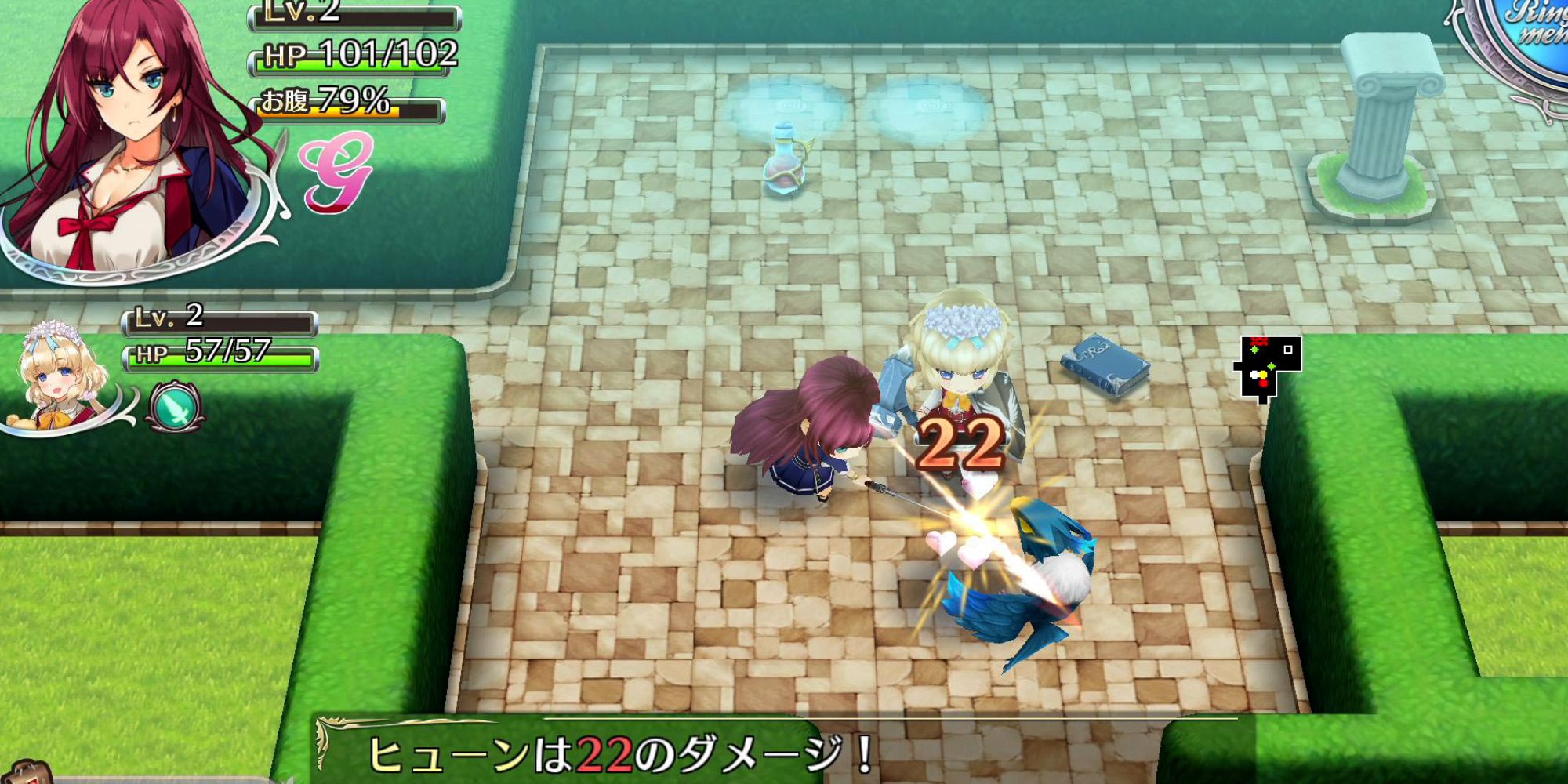Some video games are bound to be controversial. Since many revolve around at least some kind of violence, developers are destined to push the limits of what is considered to be socially acceptable. The United Kingdom, a country that developed a rather tough stance on movie violence throughout the 1980s and 1990s, has actually been fairly relaxed when it comes to banning controversial video games. Nevertheless, some games have been deemed too distasteful and objectionable to be released in the country.
Before taking a look at some of these banned titles, some key facts must be explained. Firstly, it is technically impossible to ban a video game in the United Kingdom unless it breaks some kind of law. Therefore, the majority of games banned in the UK are actually games that have been “refused classification.” The catch here is that it is illegal to sell a video game without an age rating classification in the UK. Prior to 2010, these ratings were handed out by the British Board of Film Classification, though from 2010 onward, the responsibility was passed on to the Video Standards Council (a pan-European body). Secondly, some of these "banned" games were given the classification of an 18 rating. The tricky thing with this is that many game retailers in the UK would often refuse to sell 18-rated games, especially if they contain material of a sexual nature.
6 Sex Vixens From Space
Sex Vixens From Space was not a well-received game when it was originally released back in 1988. The quality of the game was considered to be so poor that one Swedish gaming magazine (Datormagazin) even said “Sex Vixens can be summarized in a single word: Avoid!” The game's overtly sexual nature did mean that it received a fair amount of attention in the UK. However, this attention was not the good kind.
The game was deemed to be “pornographic” by the British Customs office. Hardcore pornography and sexual content that could potentially work its way into the hands of minors was treated extremely harshly during this time, with a near-complete crackdown on this kind of material occurring. This resulted in the customs office destroying all newly imported copies of the game that arrived in the UK in late 1988, effectively ending the sale of the game.
5 Carmageddon
When it was originally released in the UK in 1997, Carmageddon was refused classification due to the game’s violent focus, with the player being prompted to kill innocent civilians in their cars. Although this is all presented in a tongue-in-cheek- manner, it is not hard to see why British officials were not too keen on this game and refused to classify it even after substantial changes had been made to the game’s content.
Luckily for the game's publishers, Sales Curve Interactive, appeals could be made over the British Board of Film Classification (which was in charge of video game Age Ratings at the time) to independent bodies to review the BBFC’s decision. It was subsequently found that the BBFC had been too harsh on Carmaggedon, with the board going on to allow the game to be released in its original form.
4 Under Ash
Unlike some of the other games that were "banned" in the United Kingdom, Under Ash was never officially released in the UK, and so, therefore, was never officially restricted by a media governing body. The game, which was developed by Afkar Media, is a first-person shooter which sees the main character, a Palestinian Liberation fighter, take on the Israeli Defense Force. The game was originally conceived as a response to the growing trend in western games which often saw people from the Middle East being depicted as “villainous” in the post-9-11 climate, with the game America’s Army being cited as a prime example by the developers.
Domestically in Syria, and throughout the Middle East, the game supposedly sold tens of thousands of copies. However, when it came to international distribution, no video game publisher wanted to be associated with the title, and so it never really made it out of the Middle East. Adding to its notoriety, following the 2005 London bombings, the game was briefly added to a list of media cited as “terrorist propaganda.” It is not really clear if this ban is still in place, as, either way, it is almost impossible to legally get ahold of this game in the UK.
3 The Punisher
The Punisher is a fairly well-remembered video game adaptation of the 2004 movie of the same name. Unlike its movie counterpart, though, this adaptation is extremely brutal, not just in its moment-to-moment gameplay, but also during its “special interrogation scenes” which see the player torture and brutally murder various NPCs. This was deemed to be “potentially harmful” to children by the BBFC, which then refused to give the game classification.
Although tough on violence in media, the BBFC is always willing to compromise on its decisions with publishers and developers alike. In the case of The Punisher, the Board worked with THQ to make the torture scenes less “brutal,” suggesting edits like fading the screen to black and white and having the camera pulled out further away from the violence. Once THQ implemented these changes, the game was then allowed to be released with an 18 age rating, as well as some free press coverage due to the original banning, which helped to increase sales in the region.
2 Manhunt 2
Manhunt 2 is not a pleasant video game. The entire focus of the game sets the player in a “kill or be killed” atmosphere story-wise, with the gameplay focusing very much on creative and violent kills straight out of the most brutal of slasher movies. David Cooke, then director of the BBFC stated at the time that the board always tried to suggest modifications for games so that they could still be released. However, he felt that “this was not possible” with Manhunt 2.
The game was eventually deemed acceptable for a release after the developers, Rockstar, appealed to the Video Appeals Committee (the organization which monitors BBFC decisions), who subsequently voted to allow the game. This would have been the end of the matter, except that the BBFC then took the case to the High Court of the Royal Courts of Justice, defending their decision, with the courts siding with the BBFC. This forced the VAC to reassess the game, and they ended up reaching an agreement with the BBFC to eventually it. All of these legal battles ended up seeing the game released over a full year after the initial release date.
1 Omega Labyrinth Z
Omega Labyrinth Z has the dubious honor of being the most recent game to be completely restricted in the United Kingdom. The Video Standards Council (the body which, since 2012 has replaced the BBFC as the primary regulatory body regarding video games in the UK) stated that the game was “likely to cause harm to a potential viewer, e.g. children or young people.”
Without getting into too many dark details, the game was refused because of its inappropriate attitudes towards characters who are implied to be minors. An interesting loophole concerning video game classification in the UK is that when the BBFC (when it was still in charge) and the Video Standards Council restrict a game, this only applies to the physical release. However, very often, video game publishers are unwilling to test the waters legally by releasing the banned game online.

